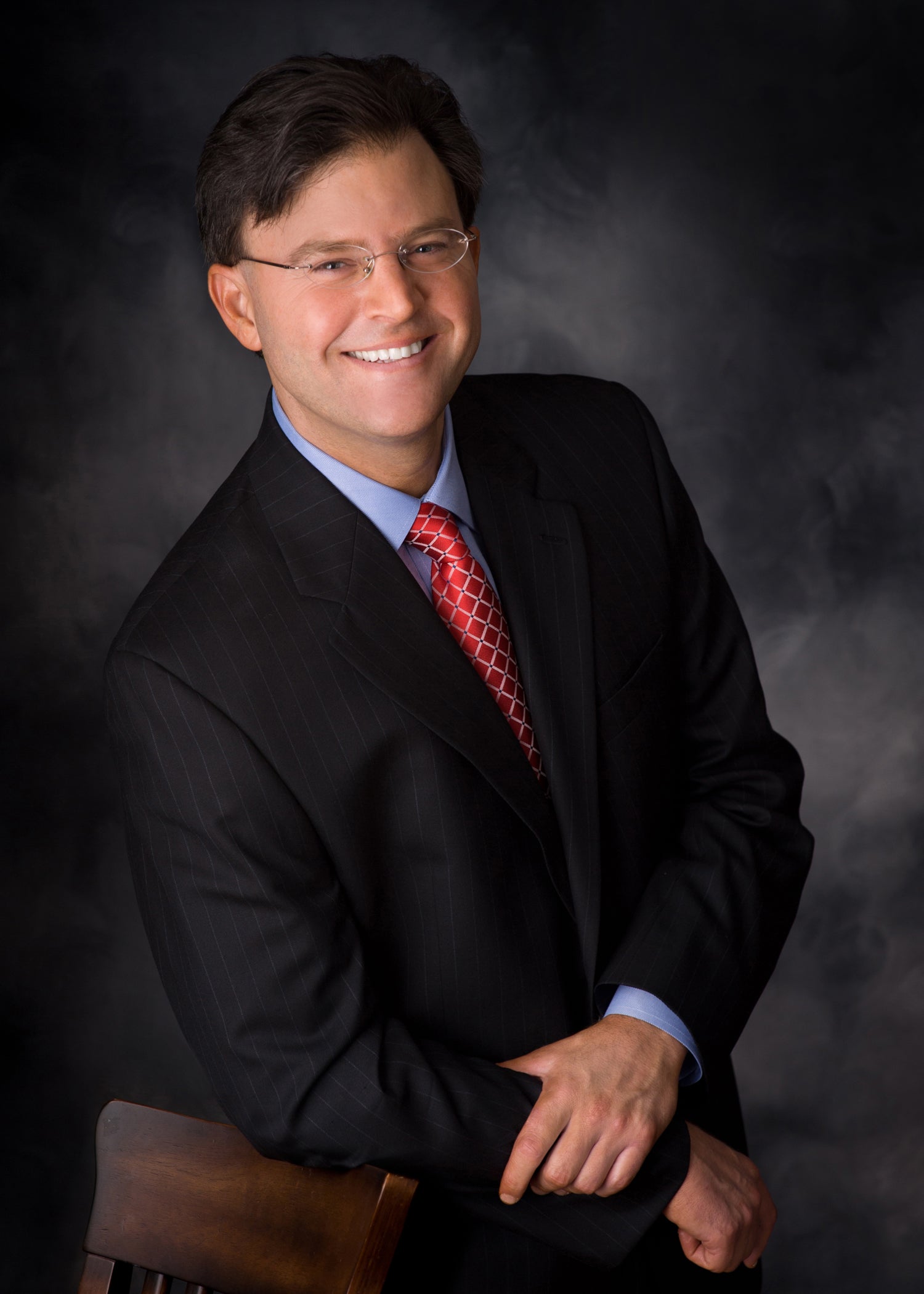After Roe Reversal, Abortion Issue Returns to the People
Published 7:00 am Monday, June 27, 2022
|
Getting your Trinity Audio player ready...
|
In a landmark 6-3 decision this past week, the U.S. Supreme Court in Dobbs v. Jackson Women’s Health Organization reversed and overturned the 1973 Roe v. Wade decision which purported to “find” a constitutional right to abortion in the 14th Amendment.
How should we view this Supreme Court decision?
Well, putting aside the moral implications of abortion—which are profound—and looking at Roe strictly as a matter of constitutional law, it was always on shaky legal ground.
Why?
Because our Constitution mandates that our federal government be one of specific, enumerated powers and abortion is not one of them; And because, while the Liberty Clause of the 14th Amendment may allow a right to privacy within a zone of privacy, that zone cannot credibly be construed to include the “right” to terminate the life of a genetically distinct unborn baby.
The harsh national response we are seeing from critics of the reversal of Roe includes the assertion that the Court is exercising power it doesn’t have. This is, respectfully, exactly backwards. As Justice Byron White wrote in dissent (Justice William Rehnquist was the other dissenter) in the 1973 Roe opinion, the Roe decision was an “exercise of raw judicial power”.
Why would Justice White have written that in his 1973 dissent from Roe?
Because the 1973 Roe Court claimed to “find” a constitutional right to abortion that is simply not in the Constitution. Let me say again that abortion can be found nowhere in the Constitution. Further, abortion had never been a part of American common law either.
As such, the 1973 Roe decision had “federalized” the issue of abortion and taken it away from all 50 states. The reversal of Roe last week was simply the correction of a grievous 49-year mistake that the Roe Court—with great judicial arrogance—had made. By taking the issue and preferences away from the states and the people and replacing it with the Roe Court’s own preferences on abortion, it had acted in a manner that was inappropriate, illegal, and unconstitutional. The role of the U.S. Supreme Court is to interpret the law not to make it!
Rather, the Framers of our Constitution left profound moral and policy determinations like the abortion issue to the states and to the people because they wanted these weightiest of decisions to be made as locally as possible.
Someone made this comment to me since the Roe reversal. “So, what you are telling me is my rights are determined by geography; by where I live?” In simplest terms, the answer is “yes.”
Our constitutional scheme essentially sets up the 5o states as “incubators” of the policy ideas and choices of the people in that state. That is why states like Louisiana and Mississippi can chose to have no abortions while states like New York and California (which may even pay for the procedure) have such liberal abortion laws that the child may be aborted up until the moment of birth—and even after, when the unborn child is allowed to die on the table if the abortion was unsuccessful.
To disagree with this outcome is to simply disagree with our constitutional form of government. Our Framers painstakingly hammered out what powers would be directly and expressly granted to the federal government with all the rest remaining with the states and the people.
As the 10th Amendment makes clear the large majority of policy determinations lie with the states. Period. Again, the only powers granted to the federal government are express, specific, and enumerated.
Now, the issue of abortion will return to and be decided by the people and their representatives in each state where, in our constitutional scheme, it belongs.
—
Royal Alexander
Royal Alexander Law Firm
RoyalAlexanderlawfirm@gmail.





